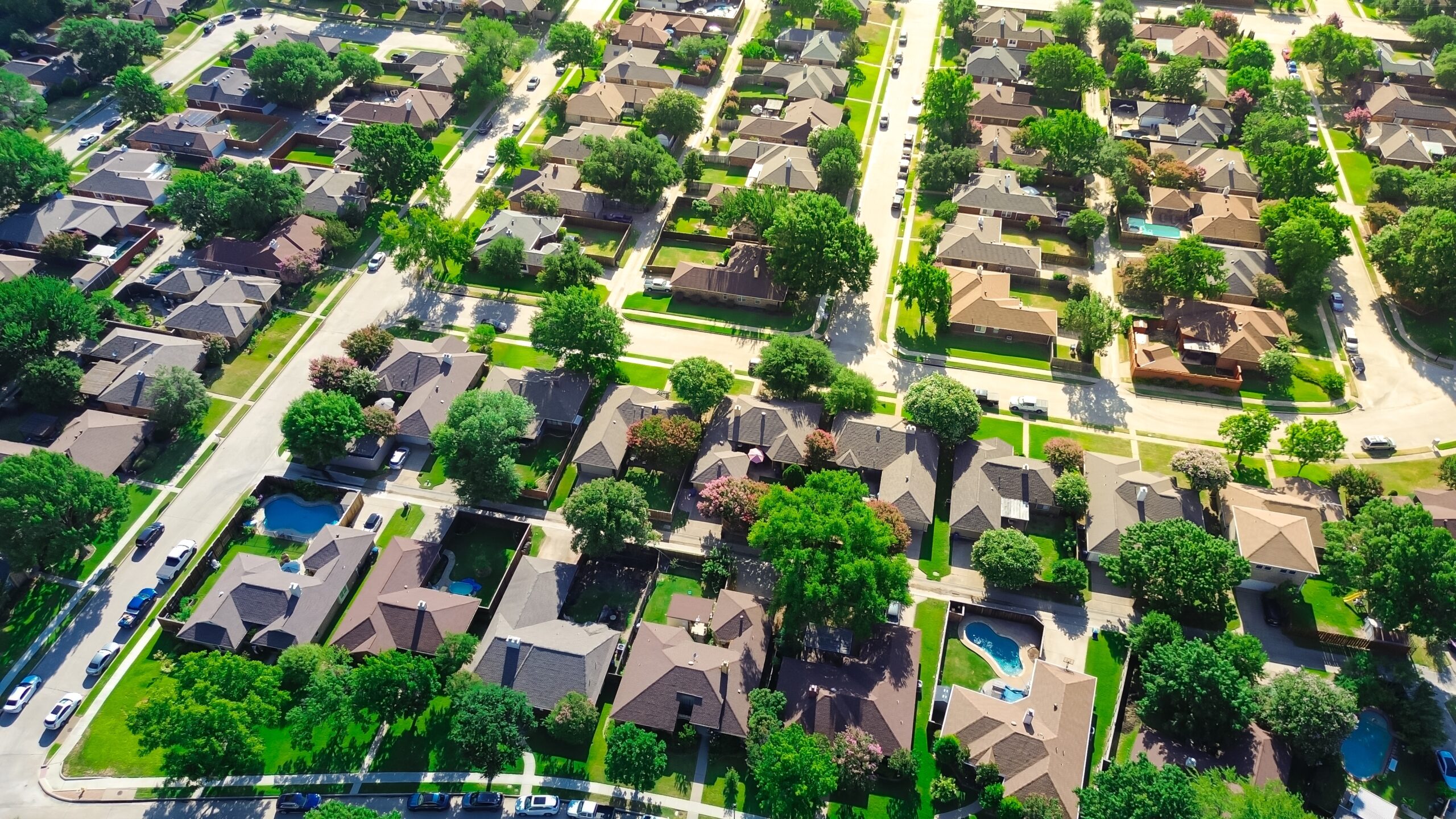


Pros, Cons, and What to Know Before You Decide
Mortgage refinancing is a bit like financial spring cleaning—you assess where you stand, look at new opportunities, and decide if it’s time for a fresh start. In 2025, many homeowners are once again wondering: Should I refinance my mortgage? The answers in today’s fluctuating lending atmosphere make that a complicated proposition.
Interest rates, inflation, home equity, and personal finances all play a role, and the decision isn’t one-size-fits-all. So before you call your lender or click “Apply Now,” let’s walk through the pros, cons, and key considerations for refinancing in today’s housing and economic climate.
What Is Mortgage Refinancing?
Refinancing means replacing your current home loan with a new one—ideally one with better terms. Homeowners refinance for many reasons, including:
- To lower their interest rate and monthly payment
- To change the loan term (e.g., from 30 years to 15)
- To switch from an adjustable-rate mortgage (ARM) to a fixed-rate
- To tap into home equity (cash-out refinance)
- To eliminate private mortgage insurance (PMI)
- To consolidate other debts
In 2025, market conditions have made refinancing a sometimes viable—but always nuanced—option.
What’s Different About 2025?
Refinancing is different every year, and even throughout a year due to how the macrosystem fluctuates. 2025 is unique to previous years, largely because of shifting mortgage interest rates, economic cooling, and changing housing demand.
Here’s the landscape:
- According to the St Louis Federal Reserve Bank’s report on average 30-year mortgage rates, mortgage rates have dipped slightly from the highs of 2023–24, hovering around the mid-6% range in early 2025.
- Home prices have plateaued in many regions, and homeowners who bought before 2020 may be sitting on significant equity.
- Inflation remains a factor, but it’s trending lower, giving lenders a bit more flexibility on rates.
In short: the environment is stable but not rock-bottom, and refinancing may make sense—if the math works out.
Pros of Refinancing in 2025
1. Lower Your Interest Rate
If you locked in a mortgage when rates were 7% or higher, refinancing to a rate in the 6% or even high-5% range could save you hundreds each month and tens of thousands over time.
Example:
A hypothetical $350,000 loan at 7.25% has a monthly payment of approximately $2,390.
Refinanced at 6.25%, the payment drops to about $2,155.
That’s a savings of $235/month or $2,820/year. Even with refinancing costs, the savings could be well worth it if you plan to stay in the home.
2. Switch to a Shorter-Term Loan
Shorter-term loans—like a 15-year mortgage—usually have lower interest rates and help you build equity faster. If your income has grown and you can handle a higher monthly payment, switching from a 30-year to a 15-year term could significantly reduce the total interest you’ll pay.
3. Access Home Equity with a Cash-Out Refi
If your home has appreciated and you’ve built equity, a cash-out refinance allows you to borrow against that equity. This is popular for:
- Paying off high-interest debt
- Funding home improvements
- Covering major expenses (college, medical, etc.)
One of the smartest rules is to make sure you’re not swapping short-term needs for long-term financial risk.
4. Drop Private Mortgage Insurance (PMI)
If you put down less than 20% when you bought your home, you’re likely paying PMI. But if your home has gained value, a refi could bring your loan-to-value ratio below 80%, letting you refinance out of PMI and save hundreds per year.
5. Stabilize Your Mortgage with a Fixed Rate
If you have an ARM and are worried about future rate hikes, now may be the time to lock in a fixed-rate mortgage. Even if today’s rates aren’t dramatically lower, they may offer predictability and peace of mind.
Cons of Refinancing in 2025
1. Refinancing Costs Money
Expect closing costs between 2% to 5% of your loan amount. On a $300,000 mortgage, that’s $6,000 to $15,000.
Ask yourself: Will your monthly savings outweigh the upfront cost in a reasonable timeframe? A common guideline is to aim for a break-even point of 2–3 years.
2. It Resets the Clock
If you’re several years into a 30-year mortgage and refinance into another 30-year term, you’re extending your payoff timeline and may end up paying more in total interest—even if your monthly payment drops.
Tip: Consider refinancing into a shorter term or continuing your original payment amount to offset this effect.
3. You Could Risk Equity in a Cash-Out Refi
Using your home as an ATM can backfire. A cash-out refi reduces your equity and increases your loan balance. If home prices dip, you could owe more than your home is worth.
Make sure the reasons for taking cash out are strategic, not reactive.
4. Your Credit and Financials Must Still Qualify
Refinancing isn’t automatic. You’ll need to go through an approval process again:
- A strong credit score (typically 620+ for conventional, 740+ for best rates)
- A stable income and low debt-to-income (DTI) ratio
- A good chunk of home equity (at least 20% for many lenders)
If your credit has slipped or your employment situation has changed, you may not qualify for favorable terms.
5. Refinancing May Not Beat Loyalty Programs
Some banks and credit unions offer rate discounts or incentives to existing customers. Always check with your current lender—they might offer you streamlined refinancing or better terms to keep your business.
When Does Refinancing Make Sense?
Here are a few common profiles of homeowners who could benefit from refinancing in 2025:
| Scenario | Refinancing Might Be Right If… |
| You got your mortgage at 7% or higher | New rates offer real savings |
| You’ve gained 20%+ equity | You want to eliminate PMI |
| You want a shorter term | Your income supports a higher monthly payment |
| You’re planning renovations | You need to tap into home equity |
| You’re in an ARM | You want the security of a fixed rate |
| You’ll stay in the home 5+ years | Long-term savings outweigh upfront costs |
Refinancing Checklist
Before making a move to refi, ask yourself:
- What is my current mortgage interest rate and balance?
- What is my home worth today?
- How long do I plan to stay in this home?
- What are my current monthly payments—and can I afford a change?
- What will the closing costs and break-even timeline be?
Find and use a good mortgage refinance calculator to model your potential savings and compare loan scenarios side-by-side.
Final Thoughts: Refinancing in 2025 Requires a Strategic Eye
In a fluctuating economy, refinancing isn’t always about chasing the lowest rate possible—it’s about building financial resilience and long-term value.
If your current mortgage rate is well above current rates, you may have a real opportunity to improve your financial outlook. But the answer isn’t the same for everyone. Carefully consider your goals, run the numbers, and talk to a trusted mortgage advisor or two to get personalized guidance.
Whether you choose to refi or stick with your current loan, the smartest decision is one that aligns with your future—not just your mortgage.



